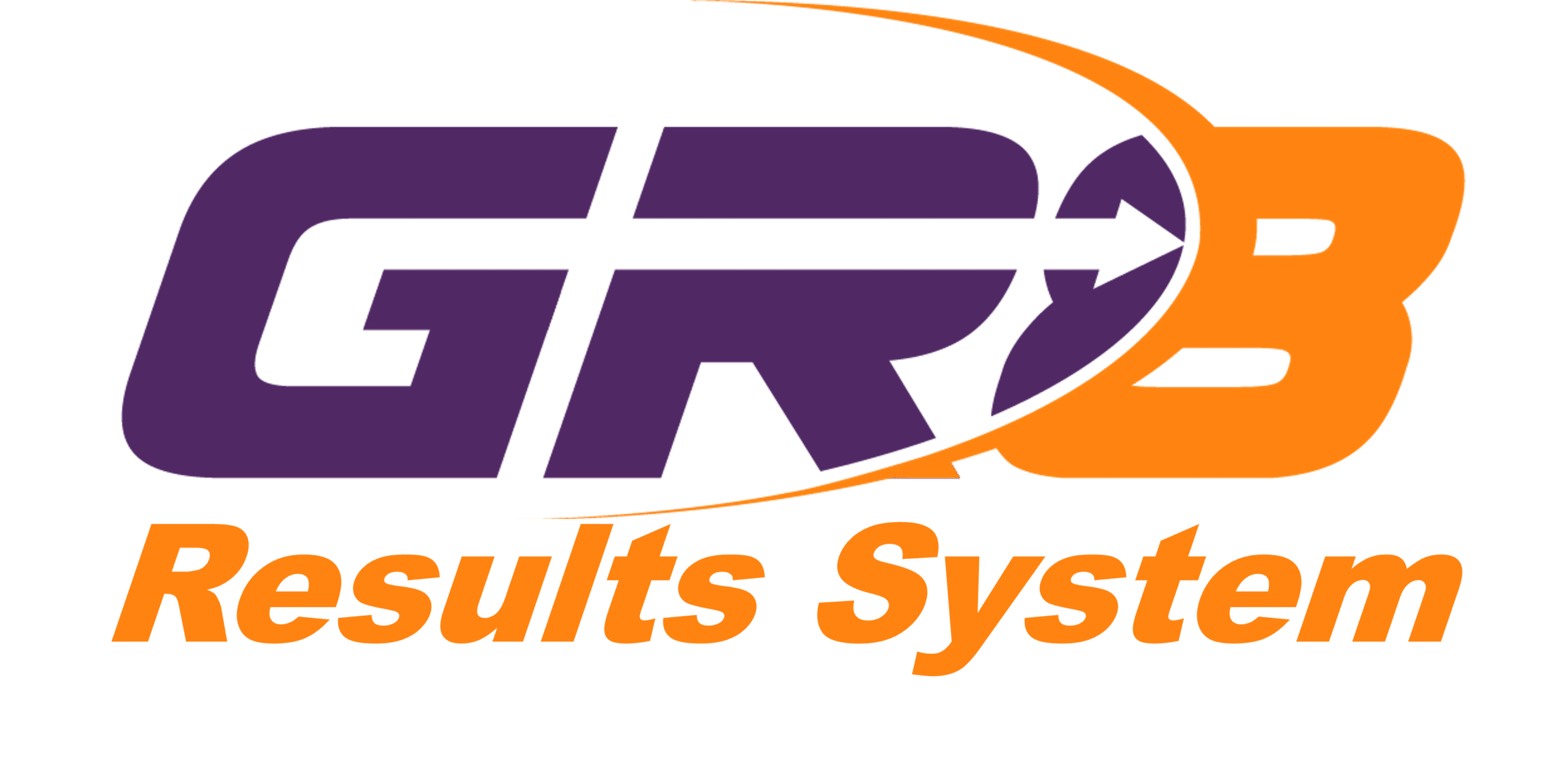You can approach strategy in one of two ways: focus on your product and try to make customers want it, or focus on what customers need and adapt your product to meet those needs. Most businesses default to the first — it's easier and more familiar. But the second approach, while more demanding, is far more effective.
Why is that? Because truly seeing your product from the customer’s perspective takes effort. It’s much simpler to view it through your own lens. And figuring out what your customers actually want? That can be tough — but it’s also where the real value lies.

Customer Wants or Customer Manipulation?
Even if you're not selling directly to consumers, you still have a product — your work — and a customer — the person who receives or depends on that work. That means this applies to everyone with a job.
When you operate with a “product-out” mindset, you focus on what you offer and try to persuade or push others into wanting it. That approach often relies on manipulation or pressure, and it's why "selling" sometimes gets a bad reputation. People don’t want to be sold — they want to choose something that genuinely fits their needs.
That’s why it’s time to shift your thinking. Start by understanding what your customer truly needs. And the best way to do that? Talk to them. Ask questions. Find out how they define a good product or a job well done. Once you understand their perspective, you can combine their input with your expertise to create something that meets their needs and reflects your strengths.
If your current offering doesn’t align with what they’re looking for, it may be time to adapt — or even create something new that does. And remember: not everyone is your customer. Trying to serve everyone dilutes your impact. Focus instead on those who actually need and value what you provide.
When you know what your customer needs, you can build a strategy that delivers it — giving you the best possible chance at real satisfaction and long-term success.
Find Out What They Really Want
Start by shifting your focus to what your customers actually need. Have real conversations with them. Ask about their needs — and just as importantly, ask about what they don’t need or want. That leads us to two powerful questions every business or professional should be asking:
- What do you need that you aren’t getting?
- What are you getting that you don’t need?
Now think about it — if someone asked you those questions, wouldn’t that leave a positive impression? Probably yes, even if their past behavior wasn’t perfect. These questions show that you're not just guessing — you're listening, learning, and ready to improve.
The real power of these questions is that they shift you from hoping to meet customer needs to actively working to meet them — with direct input and data you can act on.
Customers Are the Core of Strategy
Good strategy starts with asking the right questions. Out of the 11 foundational questions of strategy, the first five are the most critical:
- What do we offer?
- Who are our customers?
- What do they want?
- What do we want?
- Is there a match?
And the most important of them all? "What do they need?"
Here’s the thing — what customers need usually isn’t just a list of features. It’s about how your product or service makes them feel, and the benefits they perceive. For example, buying a luxury item might be about quality, sure — but more often, it's about identity, confidence, or status.
So, focus not just on what you sell, but on the value and emotional impact it creates for your customer. That’s what sticks.
But above all: talk to your customer — and start with those two key questions.
